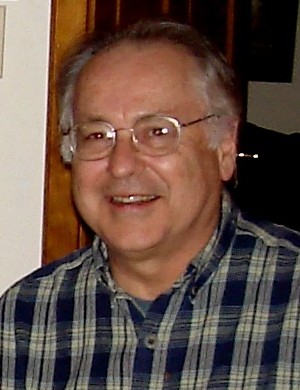Structural Skew Topology and Field Structure Theory: Part Two
Year: 2008
Field Structures generated by Structural Skew Topology relate to fundamental particles and explain mass & energy values. Action loops at Planck scale build a Sierpinski triangle fractal from which mass values can be derived. Particle mass values are measured and weighed outside of the natural hierarchy from which they are formed. Mass values inside the hierarchy are determined in terms of loops of action. When hierarchy decay occurs, hierarchy loop numbers are subtracted to obtain mass values for the stand-alone particles. Without knowing the mass values of the particles IN the hierarchy, particle mass values on their own appear unrelated. Inside the hierarchy particles share energy and have greater mass. Outside the hierarchy they cannot sustain the higher energies and decay. The structure of both bosons and fermions are modeled and explained, along with the mechanics of energy exchanges. FST views particles as the product of interacting loops which produce fields in which particles arise. FST delineates the topology of fields. Energy bosons are twists of the action loops of the field while mass fermions are a count of the action loops (circuits) in field. Loops are linked to twist in a fixed relationship accounting for the mass/energy relation in E = mc2.


